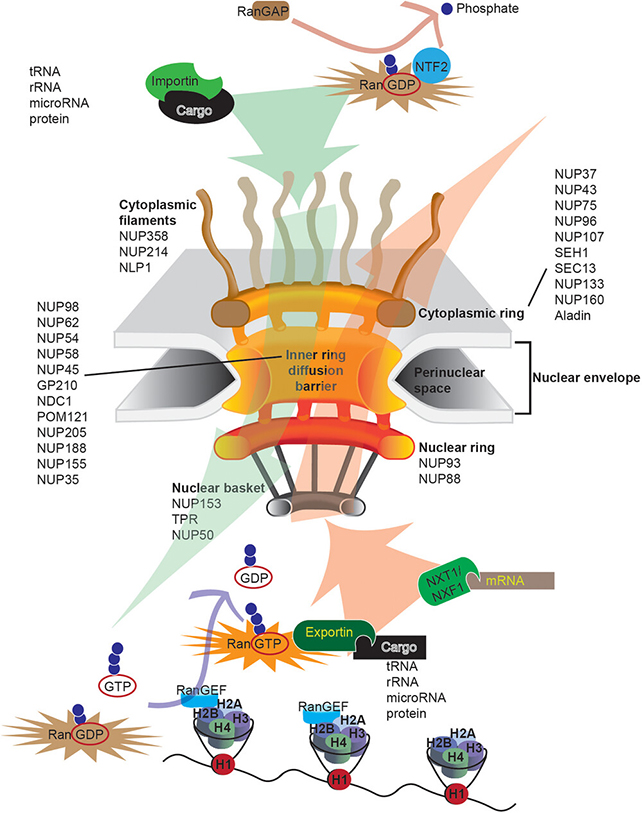A new model of Alzheimer’s disease has been proposed that the efforts can accelerate to understand and cure the complex state – while all manifestations of the condition are brought under one uniting theory.
Researchers from the Arizona State University suggest that stress pellets – proteins and RNA clonts form around cells in stressful conditions as a result of genetic and environmental risk factors – are the primary culprit behind the disease.
In their new study, the team assessed data from multiple health databases and earlier articles – in particular a study from 2022 into the progression of Alzheimer’s – to identify widespread changes in gene expression.
We know that Alzheimer’s changes these wholesale changes early, so that biological routes are effectively redesigned to increase cell stress, block neuron communication and cause protein abnormalities, such as amyloid-beta clonts.
What is less clear is what is behind this disastrous shift in gene behavior – and whether this could also explain Alzheimer’s.

It is believed that these stress pellets protect cells while homeostasis are restored, but in Alzheimer’s the indications are that they maintain and disturb other processes – including considerable nucleocytoplasmatic transport. That is where crucial molecules are moved between the core of the cell and the surrounding cytoplasm.
“Our proposal, aimed at degrading communication between the core and the cytoplasm that leads to massive disruptions in gene expression, offers a plausible framework to fully understand the mechanisms that control this complex disease,” says neuroscientist Paul Coleman.
“Studying these early manifestations of Alzheimer’s could paved the way for innovative approaches to diagnosis, treatment and prevention, tackling the disease on its roots.”
The hypothesis states the idea that stress pellets disrupt the cell transport system, which then changes the gene expression, and then that in turn causes all the symptoms of Alzheimer’s – including neuro -inflammation and tau prunes.
In other words, all different facets of Alzheimer’s disease can come from the same source. Although there is no strong evidence that this is what happens, the researchers have demonstrated that it is plausible in line with current evidence.
And because this cell stress takes place before the symptoms of Alzheimer’s, it offers scientists the opportunity to block the disease in the earliest stages. It is possible that most symptoms can be prevented at the source.
A variety of factors, from air pollution to genetic mutations, could activate these stress pellets to linger longer – and future studies will be able to look more in detail at how they are formed and how they cause damage.
“Our paper contributes to the current debate when Alzheimer’s really starts – an evolving concept formed by progress in technology and research,” says Coleman.
“The most important questions are when it can be detected for the first time and when intervention should begin, both of which have in -depth implications for society and future medical approaches.”
The research has been published in Alzheimer and Dementia: The Journal of the Alzheimer’s Association.


